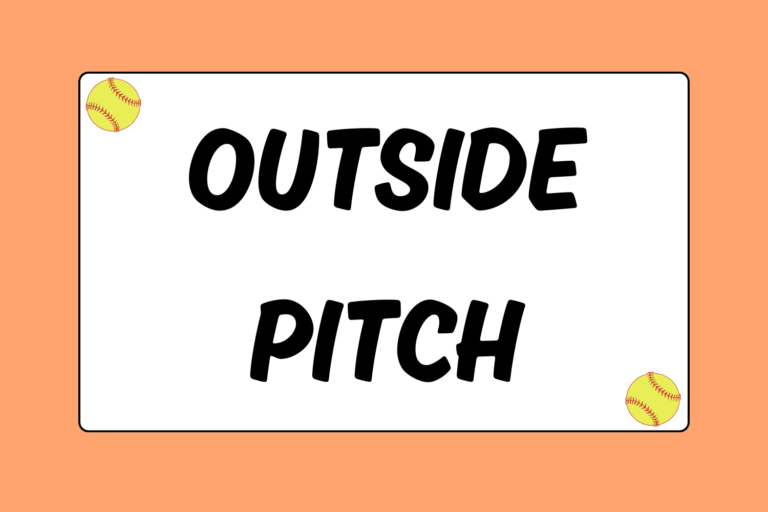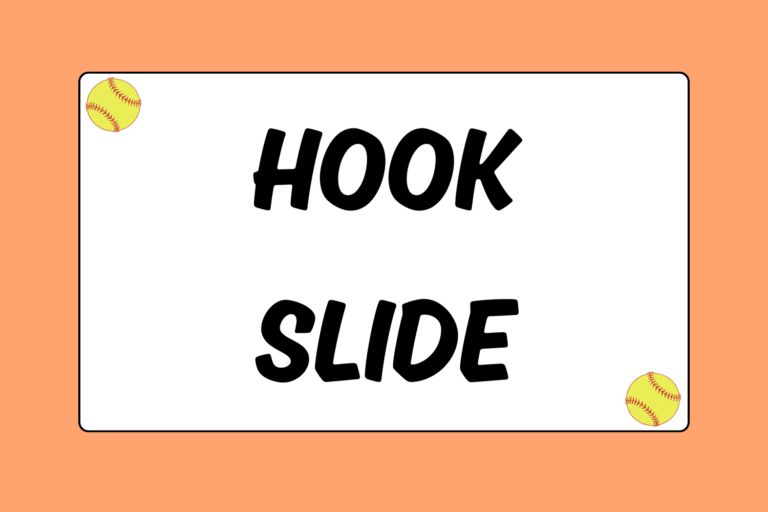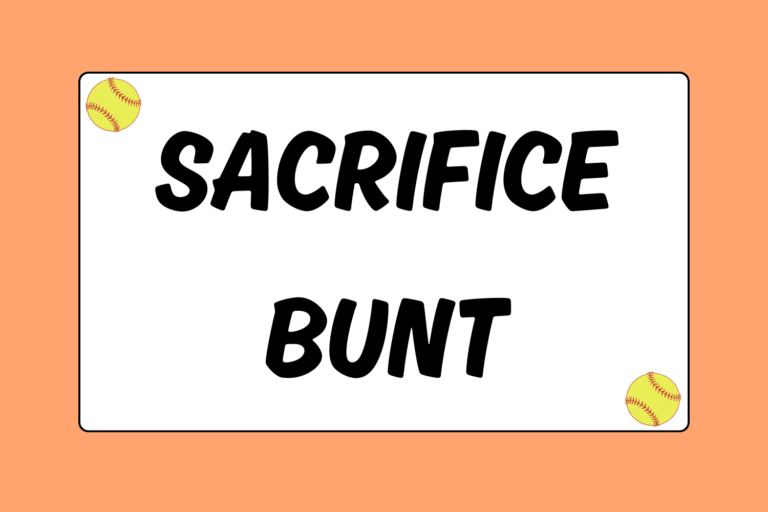Softball is played on a field made up of dirt and grass, which means you need traction under your feet. On the field, you are constantly moving and your bodyweight is supported entirely by your feet — that’s a lot of pressure. Coupled with heat and seven innings of intensity, your feet need to be comfortable throughout the game, so it’s important to know what to look for when choosing a new pair of cleats.
Comfort & Fit
The most important feature of a pair of cleats is comfort. An uncomfortable pair will be detrimental to your game — they must be flexible! When trying on a pair, try on both cleats and make sure they fit the shape of both your feet. If any aspect of the shoe chafes or causes even the slightest annoyance, move on to another pair. A minor discomfort now will become excruciating after a few innings of hard play.
Lastly, all softball players wear thick socks when they play, so bring a pair with you when you try on cleats. A snug fit with regular socks may become a tight, uncomfortable fit with softball socks.
Brand
If you prefer a particular brand, that’s fine — just know that each brand fits differently. Do some research on the brand of your choice and read the reviews on sizing. More often than not, a particular brand may run small or big, so you will have to know whether to buy one size smaller or larger than you normally would. Keep in mind that if you are looking for a certain feature — supplemental cleats, for example — focusing on brands may limit your options.
The Cleat
Whether you are on the dirt or the grass, cleats offer the traction you need on the field. There are two types: Molded and detachable.
Molded Cleats
Molded cleats come with the shoe — they do not detach. These cleats are generally made of rubber or hard plastic. They’re also the easiest to maintain and clean, and they generally last longer. Because of their durability, beginning players would benefit from the solid support of molded cleats.
Hot Tip: Change Your Spikes Often
Every two weeks, take a look at your cleats. If they are wearing down, replace them. A box of replacement cleats will cost you anywhere form 5-10 dollars, so don’t be too quick to replace cleats that still have a few games in them. But if you are preparing for an important game and you feel the need for speed, go ahead and change them. You’d be amazed at how much more traction you’ll get on the base paths.
Detachable Cleats
Detachable cleats, or “spikes,” are more popular among advanced players. As their name implies, these types of cleats can be removed from the sole of the shoe. Made of rubber, hard plastic, or metal (for the high school, collegiate, and professional players only), detachable spikes are harder than molded cleats, but they also wear down a lot easier. Because they screw into the sole of the shoe, they are generally tougher to clean if the hole where the screw goes gets corroded or blocked.
When you have detachable cleats, be wary of blisters. If the sole of your cleat is too thin, your feet may feel the spikes, which could result in discomfort and blisters. They are also slick, so try not to wear them anywhere but on the field.
The Cut
There are two types of cut for softball cleats: High-tops and low-tops. If you pivot in the outfield, your cleats will be planted in the ground and your body will turn in the opposite direction. In the infield, your movements are quick and your turns are abrupt in order to make the plays. On the base path, when you round the bases, you apply an immense amount of pressure to your ankles. Your cleats need to offer enough support that you do not get injured performing any of these movements. Here are some benefits of each type of cleat:
- High-tops: If you have weak ankles or are recovering from an ankle injury, opt for high-top cleats. High-top cleats completely cover the ankle bone, so even if you are only slightly prone to ankle injuries, the extra support might be your best bet.
- Low-tops: If you feel restricted with high tops and want to feel more freedom for mobility, low-top cleats would be more fitting. Low-tops cut off right below the ankle bone, allowing more flexibility and movement around your ankles.
The Material
There are two types of material that a pair of cleats can be made of: Leather and synthetic materials. While leather is a superior material that is more flexible and comfortable, most cleats are made of synthetic material. Synthetic leather is more durable and lasts longer. It does not stretch out when it’s damp, and it will not tear when being dragged along the dirt while a player is hitting, throwing, or pitching. And although synthetic leather may feel less breathable, they are often much more affordable.
Brand & Price
When you get to the store to pick out cleats, don’t automatically grab the cheapest pair. The big brand names have done research to build cleats specific to softball. Certain cleats can be a lot more expensive because of their brand, but also for what they offer. Look at the style of the cleats on the bottom of the sole — different patterns serve different purposes. Some are created for speed, agility, light weight, or comfort.
If you plan on playing regularly, it’s probably worth investing in a quality pair of cleats, but that doesn’t mean you have break the bank. Look for clearance discounts, older models, or sales on high-quality brands rather than opting for the cheapest pair in the store.
The Right Fit
You’re going to wear your cleats during every practice and game, so they should be comfortable. When trying them on, really focus on the feel and fit. Even if it’s the hottest pair on the market, an uncomfortable pair of cleats will definitely put a damper on your day. When searching for new cleats, do not sacrifice comfort for style!





